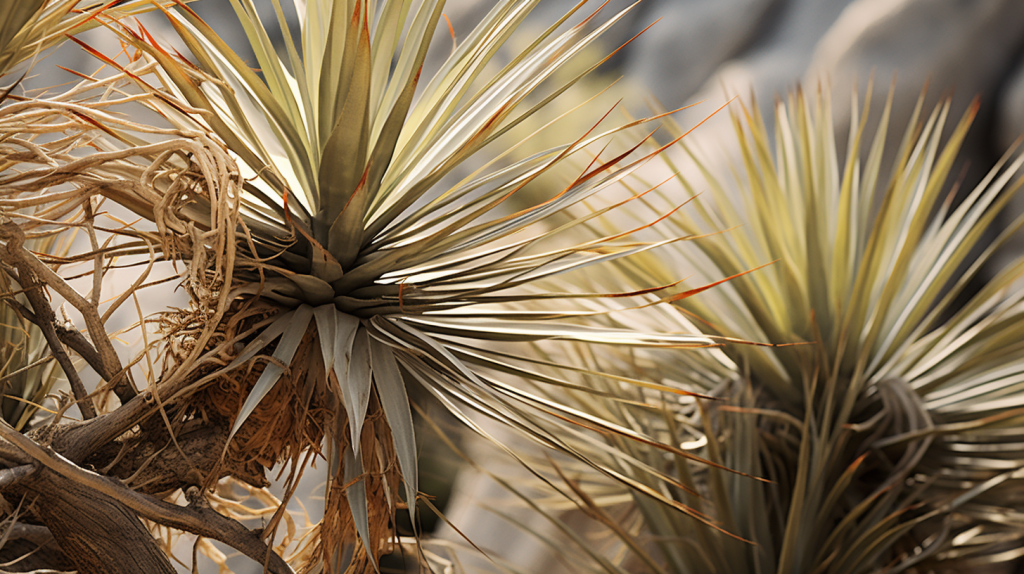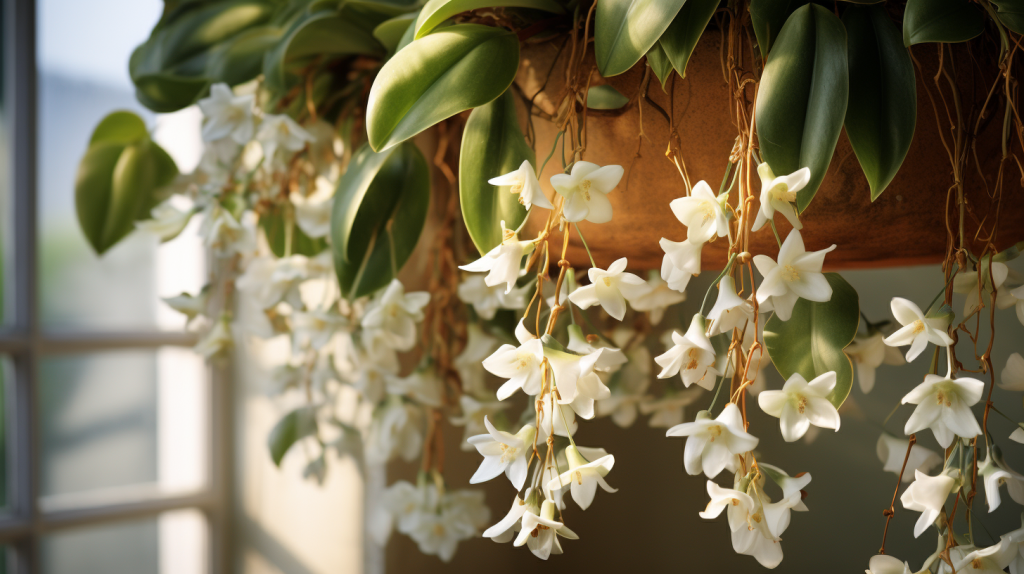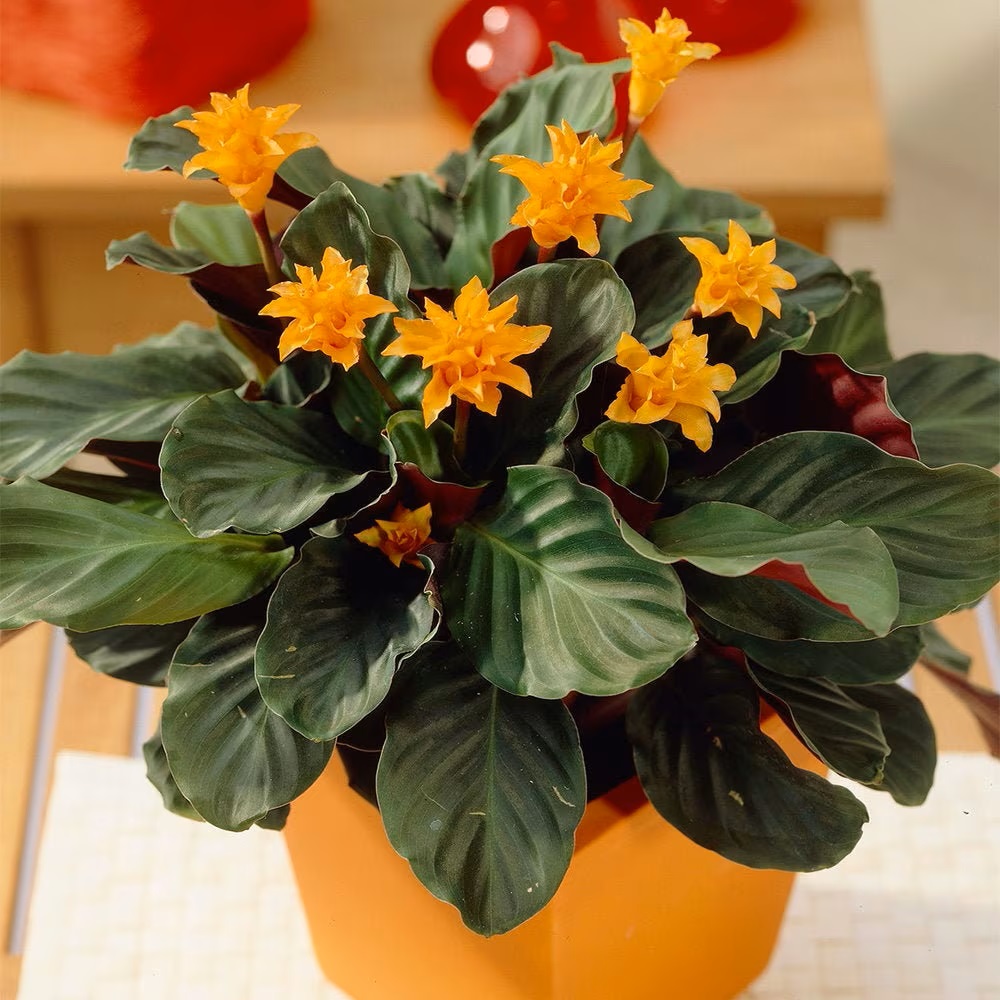For the green-thumbed enthusiasts out there, you can learn the best way for propagating house plants. You already know that the joy of gardening is beyond the simple act of watering and tending. Propagation – the process of creating new plants from a variety of sources like seeds, cuttings, bulbs – opens a new world of possibilities. This article offers a detailed exploration of the best ways to propagate your house plants, turning you into a green-thumbed maestro in no time.
The Various Cutting Methods
Cutting is an easy and common method to propagate your favorite houseplants. The principle behind this method is pretty simple – plant tissues, given the right conditions, can regenerate missing parts. This capability is used to recreate entire plants from smaller parts. Let’s dive deeper into the types of cuttings.
Stem Cuttings
Stem cuttings are perhaps the most accessible type of cutting for beginners. For house plants with non-woody stems like the Pothos or Heartleaf Philodendron, a segment of stem with several leaf nodes is cut and placed in a suitable growing medium like soil or water. The nodes, or the points where leaves grow from the stem, are where new roots will eventually form.
Leaf Cuttings
A leaf cutting involves using a leaf without a petiole or with part of the petiole. This method is ideal for plants with large leaves such as the African violet or the peperomia. With proper care, a new plant will start to form at the base of the cutting.
Root Cuttings
Root cuttings can be a bit tricky but work incredibly well for plants like the Japanese Anemones or the Phlox. As the name suggests, a section of root is used in this method. It’s crucial that the root cuttings are planted right-side up for this to be successful.
Cane Cuttings
Certain houseplants like Dracaenas or the Dumb Cane have cane-like stems, which are perfect for cane cuttings. In this method, the cane is cut into segments that are then allowed to root, eventually forming shoots that grow into new plants.
Air Layering
Air layering is a relatively advanced propagation technique that’s often used for plants that don’t root easily from cuttings, such as the Fiddle Leaf Fig or the Rubber Plant. It involves inducing roots to form on a stem while it’s still attached to the parent plant. By wrapping the wounded area in damp moss and keeping it humid, you create the ideal conditions for roots to develop.
Division
Division is perhaps one of the easiest methods of plant propagation, particularly for house plants that naturally grow in clusters or clumps. In this method, the plant is taken out of its pot, and the root ball is gently divided into several sections, each with some roots and shoots. These can then be potted up individually to form new plants.
Plantlets and Offsets
Mother Nature is an ingenious inventor, and plant propagation is no exception. Some plants produce small baby plants, also known as plantlets or offsets, that can be used to grow new plants. Succulents like the Hen and Chicks, as well as Spider plants, are known for this. These plantlets can be gently removed and planted in their own pots, where they will continue to grow.
Sowing Seeds
Sowing seeds is a classic method of propagation. It’s a slower process compared to other methods but provides the unique satisfaction of seeing a plant grow from a tiny seed to a full-grown houseplant. Palm trees, citrus trees, and herbs are just a few of the houseplants that can be grown from seeds.
How to Propagate Succulents

Succulents are among the easiest plants to propagate. Leaf propagation is a popular method. It involves gently twisting off a leaf from the parent plant, allowing it to dry for a few days to form a callous, and then laying it on well-draining soil. With time, new roots and leaves will form at the base of the leaf.
Soil vs. Water Rooting Method
When it comes to the rooting medium for cuttings, both soil and water have their pros and cons. Water propagation allows you to see the roots grow, but the transition to soil can sometimes be challenging for the plant. On the other hand, soil propagation creates a more seamless transition when it’s time to pot up the plant but doesn’t allow you to visually monitor root growth. The choice between these two methods often comes down to personal preference and the specific plant species.
Types of Propagation Equipment
As with any job, having the right tools can make plant propagation much more manageable. Clean, sharp pruning shears or a knife are essential for taking cuttings, and a rooting hormone can speed up the rooting process. You’ll also need containers or pots for your cuttings or divisions, and a good-quality, well-draining potting mix.
Best House Plants for Propagating
While almost all plants can be propagated, some are easier than others. Pothos, Snake plants, ZZ plants, and most varieties of succulents are famously easy to propagate, making them ideal for beginners. Once you’ve mastered these, you might want to try your hand at propagating other houseplants like Philodendrons, Monsteras, and Rubber plants.
Conclusion About Propagating House Plants
There’s a fascinating sense of achievement in watching a tiny cutting grow into a full-fledged plant. The process of propagation not only helps you expand your plant collection but also deepens your understanding and appreciation for the magic of Mother Nature. So go ahead, try your hand at propagating your favorite house plants, and prepare to be amazed.
FAQs
Q1. Can all plants be propagated at home?
While some plants are easier to propagate at home than others, most house plants can be propagated with a little patience and the right equipment.
Q2. How long does it take for a cutting to root?
The rooting time for cuttings varies significantly depending on the plant species, the time of year, and the conditions under which they’re grown. On average, cuttings can take anywhere from 2-6 weeks to root.
Q3. Is water propagation better than soil propagation?
Neither method is categorically better than the other. The choice between soil and water propagation often comes down to personal preference and the specific plant species.
Q4. What tools do I need for plant propagation?
The tools you need will depend on the propagation method you’re using. However, some of the common tools include a sharp knife or pruning shears, pots or containers, a good quality potting mix, and sometimes a rooting hormone.
Q5. What are some easy house plants to propagate for beginners?
Pothos, Snake plants, ZZ plants, and most succulents are excellent choices for beginners because of their high success rates and speedy growth.
References
- Joyce, D. (2021). Plant Propagation. American Horticultural Society. https://www.ahsgardening.org/gardening-resources/gardening-how-to/plant-propagation
- Hartmann, H. T., Kester, D. E., Davies, F. T., & Geneve, R. L. (2011). Hartmann & Kester’s Plant Propagation: Principles and Practices (8th Edition)





